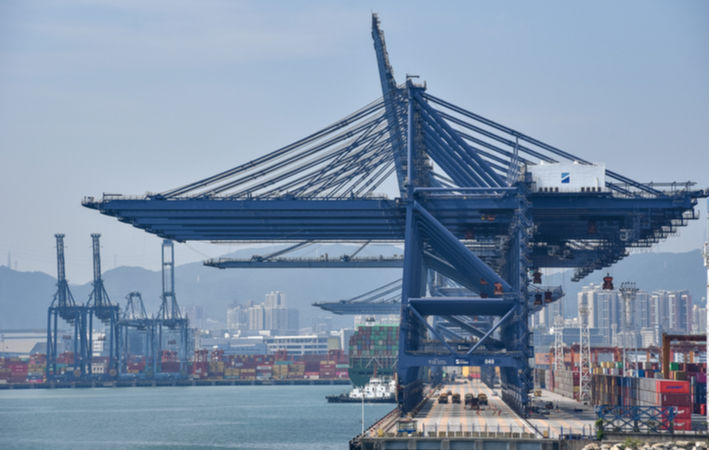After Yantian Port, one of China’s busiest ports, announced it would stop accepting new export containers in late-May due to COVID-19, it was expected to be up and running without much delay. But with reports of the port resuming normal operations by June end, businesses feel it may take months for the cargo backlog there to clear, with a ripple effect across ports worldwide.
The world has recently observed it took several weeks for ship schedules and supply chains to recover from the vessel blocking the Suez Canal in March.After China's Yantian Port announced it would stop accepting new export containers in late-May due to COVID-19, it was expected to be up and running without much delay. But with reports of the port resuming normal operations by June end, businesses feel it may take months for the cargo backlog there to clear, with a ripple effect across ports worldwide.#
“The trend is worrying, and unceasing congestion is becoming a global problem," Bloomberg quoted A.P. Moller-Maersk, a top container carrier, as saying in a statement. While the situation at the Chinese port is improving, mid-last week there was still an average waiting time of 16 days, Copenhagen-based Maersk, which is diverting most of its ships elsewhere in June, said.
But the rerouting by Maersk and other companies will likely only add to the congestion and delays at nearby ports, Maersk said.
Nerijus Poskus, vice president of ocean strategy and carrier development for Flexport Inc., which makes software that helps companies manage their supply chains, said the situation in south China is another “in a string of disasters we’ve seen plague the global supply chain". The congestion in Yantian will take six to eight weeks to clear, he felt.
The delay is expected to extend the disruptions into the late-summer period of peak demand from the United States and Europe, where retailers and other importers restock warehouses ahead of the year-end holiday shopping rush.
There are currently 139 container vessels anchored off the coast of China, about 50% more than the average from mid-April to early May, according to Bloomberg analysis of vessel data.
Fibre2Fashion News Desk (DS)
